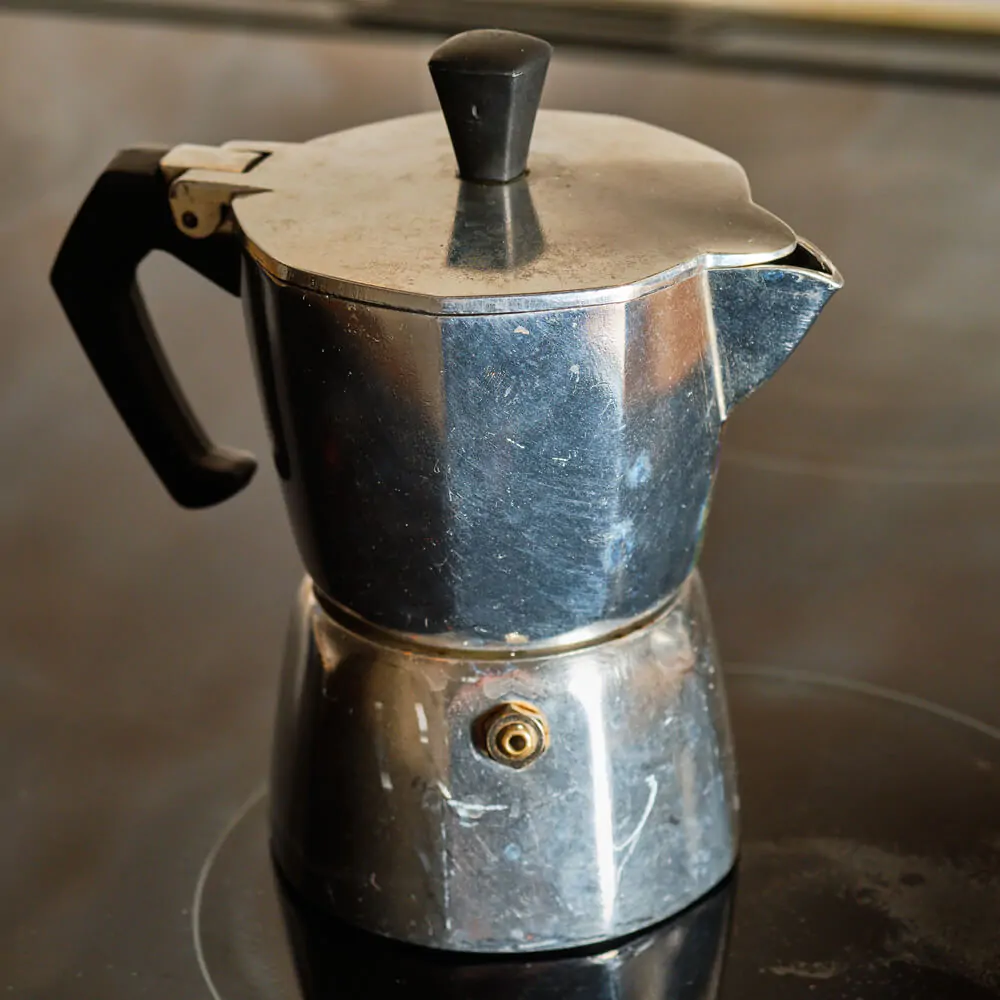Italian people developed drinks that changed the way people enjoy their morning cup of coffee. So here, we’ll explore a short history of Italian coffee.

From a shot of espresso to a steamy caffè latte, many people associate coffee with Italy. While coffee wasn’t founded in Italy, the country has a storied, rich history of dedication to coffee drinks, including the development of the macchiato, cappuccino, latte, caffè corretto, and more.
Italian coffee isn’t just about delicious drinks — it’s about Italian coffee culture as well. For many, coffee in Italy is a part of their daily routine, from stopping at a coffee bar in the morning with a caffè latte to catching up with friends over an afternoon cup.
While coffee has been enjoyed around the world for centuries, coffee in Italy has always been something special.
An Interesting Start
Coffee — caffè in Italian — made its way across the world in the 1600s, after its energizing powers were discovered in Ethiopia. Leaders of the Ottoman Empire deemed coffee evil and worked to forbid its consumption.
At the turn of the 17th century, Pope Clement VIII was asked to publicly declare coffee as a sinful drink, and to discourage Italian citizens from enjoying their beloved caffès.
Instead of denouncing coffee, Pope Clement VIII said, “This Satan’s drink is so delicious that it would be a pity to let the infidels have exclusive use of it.”
With the Pope’s blessing, Italian coffee culture officially began.
1720: Caffè Florian Established
One of the world’s oldest coffee houses, Caffè Florian wasn’t just a place to drink coffee — it was a place to discuss ideas, art, science, and more.
Intellectual greats including writers Silvio Pellico and Guiseppe Parini, poet/playwright/artist extraordinaire Johann Wolfgang von Goethe, playwright Carlo Goldoni, and even world-renowned romantic Giacomo Casanova were all known for enjoying caffè and conversation at the iconic Italian coffee house.
1905: Luigi Bezzera’s Espresso Machine

The first version of espresso — the base for all non-pour-over coffee drinks today — was developed around 1901. In 1905, an inventor from Milan named Luigi Bezzera patented an espresso machine.
Shortly thereafter, Desidero Pavoni purchased Bezzera’s patent and began mass-producing espresso machines.
Suddenly, coffee shops across Italy were creating new drinks with Italian espresso, changing the way coffee was done for centuries.
1920: Eureka Grinders Is Established
Many Italian coffee enthusiasts recognized that great espresso starts with great ground coffee. Founded in Florence by Aurelio Conti, Eureka Grinders quickly became an industry standard.
Today, the brand stands strong as one of the most recognizable, high-quality coffee grinders in the industry.
The 1930s: The Moka Pot

Financial crises struck worldwide in the 1930s, and many Italians were hit hard. Rather than hit coffee houses in Venice and Milan, many Italians decided that it was time to start making coffee at home.
Enter: the Moka pot.
This new, exciting at-home espresso machine allowed Italians to continue enjoying delicious caffès throughout the day without the expense of hitting up the local coffee shop. The attitude toward coffee in Italy changed with the Moka pot — at-home espresso became a simple, affordable way to enjoy an after-meal caffè without leaving the house.
While there’s some debate as to whether the Moka actually produces espresso (due to technical pressure specifications), many Italian coffee lovers enjoy a strong, robust brew from their Moka pots every day.
1938: Achille Gaggia’s Espresso Machine
In 1938, the Gaggia brand developed a new type of espresso machine that left a soft, savory layer of crema — an oily froth that sits on top of espresso coffee.
Gaggia achieved this leveled-up espresso by creating a high-pressure espresso machine that pressed hot water through ground coffee. The Gaggia espresso machine created a delicious espresso shot — complete with a layer of crema — in about fifteen seconds.
The Final Word On History Of Italian Coffee
From the Pope’s 17th century declaration to the evolution of espresso machines, Italy has contributed much to worldwide coffee culture. Today, many people in Italy and across Europe continue to enjoy espresso and espresso-based drinks.
Coffee culture continues to grow and evolve, and many of the coffee drinks we know and love today are thanks to Italy’s commitment to developing the perfect pick-me-up in a cup.
FAQs On History Of Italian Coffee
Why is it called Italian coffee?
Italy is known for its delicious, strong, and exciting coffee drinks, but the country does not actually grow its own coffee beans due to an unsuitable climate. Instead, Italian coffee beans are mainly from South American and Indonesia.
Was coffee first discovered in Italy?
While many people associate delicious coffee with Italy, the power of caffeinated beans was first discovered in Ethiopia.

